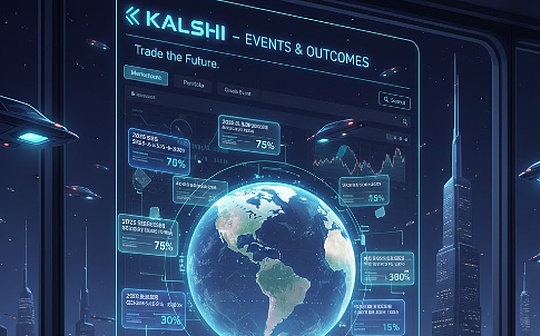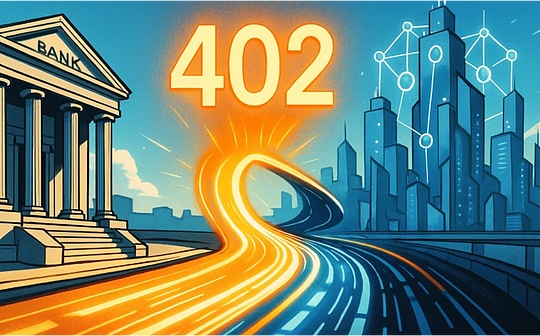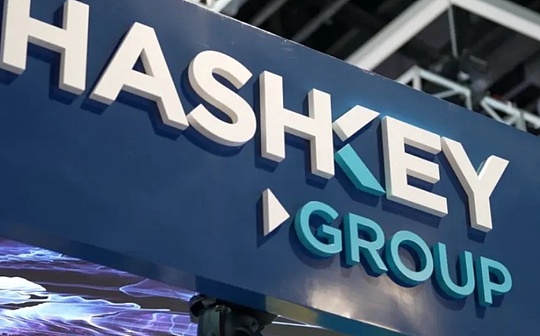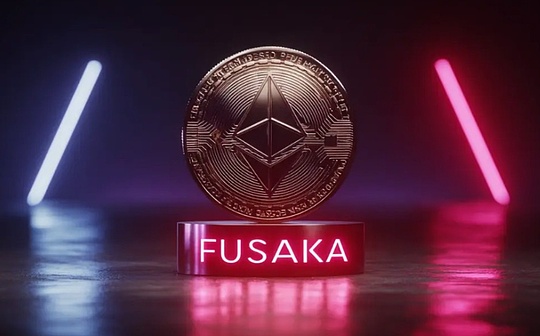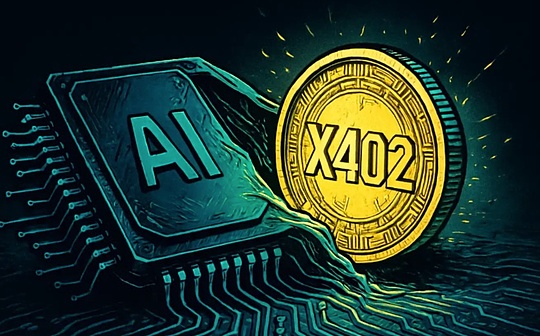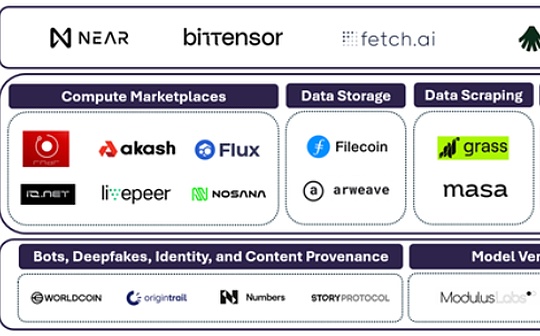
Author: Will Ogden Moore, GrayScale Research; Compilation: 0xjs@作 作 作 作 作
AI is one of the most promising emerging technologies in the century. It has the potential to increase human productivity and promote medical breakthroughs.Although AI may be important today, its influence will only become bigger and bigger. PricewaterhouseCoopers estimates that by 2030, it will develop into an industry worth $ 15 trillion.
However, this prospect with bright prospects also faces challenges.As AI technology becomes stronger and stronger, the AI industry has become extremely concentrated, and power is concentrated in the hands of a few companies, which may damage the society.This has also aroused serious concerns of people’s risks of deep falsification, embedded prejudice and data privacy.Fortunately, the characteristics of Crypto and its decentralization and transparency provide potential solutions for some of them.
In this article, we will explore the problems caused by centralized AI and how to help solve some of its disadvantages and discuss the current intersection of Crypto and AI, focusing on introducing encrypted applications of early adoption in this field.
The problem of centralized AI
Today, the development of AI is facing certain challenges and risks.AI’s network effects and dense capital demand are very significant, so that many large -scale technology companies other than AI developers, such as small companies or academic researchers, are either difficult to obtain the resources required by AI development or not monetize their work.This limits the overall competition and innovation of AI.
Therefore, the influence of this key technology is mainly concentrated in the hands of a few companies such as Openai and Google, which has caused serious doubts about AI governance.For example, in February this year, Google’s AI image generator Gemini exposed racial prejudice and historical errors, showing how the company manipulated their models.In addition, in November last year, the board of directors consisting of six people decided to dismiss OPENAI CEO Sam Altman, exposing the fact that a few people controlled the company’s companies.
With the increasing influence and importance of AI, many people are worried that a company may have the decision -making power of AI models that have a huge impact on society. It may set up guardrails, closed doors, or manipulate the model to make a profit for themselves– But at the cost of sacrificing other members of the society.
How to help decentralize AI
Decentralized AI refers to AI services that use blockchain technology to allocate AI ownership and governance rights in a way to use blockchain technology to improve transparency and accessible.GrayScale Research believes that decentralized AI has the potential to liberate these important decisions from the closed system and incorporate it into the public.
Blockchain technology can help developers come into contact with AI more, and reduce the threshold of independent developer development and monetization of their works.We believe this can help improve the overall AI innovation and competition, and maintain a balance with the model developed by technology giants.
In addition, decentralization AI helps to achieve the democratization of AI investment.At present, there are almost no other ways to obtain financial income related to the development of AI except for a small number of technology stocks.At the same time, a large number of private capital was assigned to AI startups and private companies (US $ 47 billion in 2022 and $ 42 billion in 2023).Therefore, only a small number of venture capitalists and qualified investors can obtain the financial income of these companies.In contrast, decentralized AI encryption assets are available for everyone, so that everyone can have part of AI’s future.
Where is the intersection of Crypto and AI?
Today, the interchange of cryptocurrencies and AI is still in the early stage in terms of maturity, but the market response is encouraged.As of May 2024, the AI field return of encrypted assets was 20%, which performed better than each encrypted track except the Currencies track (Figure 1).In addition, according to data provider Kaito’s data, compared with other themes such as decentralized finance, Layer 2. Monchen and real world assets, the AI theme currently occupies the most “narrative mind share” on social platforms.
Recently, some well -known people have begun to embrace this emerging cross -area and are committed to solving the defects of centralized AI.In March of this year, Emad Mostaque, the founder of the well -known AI company Stability AI, left the company and pursued decentralized AI, saying that “it is time to ensure that AI is open and decentralized.”In addition, cryptocurrency entrepreneur Erik Vorhees recently launched Venice.AI, which is a AI service that focuses on privacy with end -to -end encryption.
Figure 1: So far this year, the AI track performance is almost better than all crypto tracks

We can divide the intersection of Crypto and AI into three main subclasss:
1. Infrastructure layer: provides a platform for AI development (such as Near, TAO, FET)
2. Resources required by AI: Assets (such as RNDR, AKT, LPT, FIL, AR, MASA) required for AI development (such as RNDR, AKT, LPT, FIL, AR, MASA)
3. Solving AI problems: assets trying to solve AI -related problems, such as the rise of robots and in -depth falsification and model verification (such as WLD, Trac, NUM)
Figure 2: AI and Crypto market map

Source: GrayScale Investments
Provide an infrastructure network for AI development
The first category is the network that provides an open architecture that does not need to be licensed, and is built for the overall development of AI services.These assets do not focus on a certain AI product or service, but focus on creating underlying infrastructure and incentive mechanisms for various AI applications.
Near stood out in this category, and its founder was the co -founder of the “Transformer” architecture, which provided support for the AI system such as ChatGPT.However, the company recently used its AI professional knowledge to announce the efforts to develop “AI owned by users” through the research and development department led by the former OpenAI research engineer consultant.In late June 2024, Near launched its AI incubator plan to develop Near native basic models, AI application data platforms, AI smart frameworks and computing markets.
Bittersor provides another way to attract attention.Bittersor is a platform that encourages AI development in economic encouragement to develop TAO tokens.Bittersor is the underlying platform of 38 sub -networks (subnets). Each sub -network has different use cases, such as chat robots, image generation, financial prediction, language translation, model training, storage and calculation.Bittensor network uses a TAO token to reward the best miners and verifications in each subnet, and provides developers with an API that does not need to be licensed. Miners in the Bittensor subnet build a specific AI application.
This category also includes other protocols, such as fetch.ai and allora networks.FETCH.AI is a platform for developers to create complex AI assistants (that is, “AI Smart”). Recently, it merged with Agix and Ocean, with a total value of about 7.5 billion US dollars.The other is the Allora network, which focuses on the application of AI to financial applications, including automatic trading strategies for decentralized exchanges and forecasting markets.Allora has not yet launched tokens and made a round of strategic financing in June to make its total financing of $ 35 million in private equity capital.
The resources required for AI development
The second category includes assets that provide resources required for artificial intelligence development in the form of computing, storage or data.
The rise of artificial intelligence has unprecedented needs for the computing resources of GPU forms.Decentralized GPU markets such as Render (RNDR), AKASH (AKT), and Livepeer (LPT) provide idle GPU supply for developers with model training, model reasoning, or rendering 3D generative AI.Today, it is estimated that Render provides about 10,000 GPUs, focusing on artists and generation AI, while Akash offers 400 GPUs, focusing on AI developers and researchers.At the same time, Livepeer recently announced its new AI subnet program, with the goal of completing the tasks such as text transfer images, text transfer videos, and image transfer videos in August 2024.
In addition to a large amount of calculation, AI models also need a lot of data.Therefore, the demand for data storage has increased significantly.Data storage solutions such as Filecoin (Fil) and Arweave (AR) can be used as decentralized security network replacement schemes that store AI data on centralized AWS servers.These solutions not only provide economically efficient and scalable storage, but also enhance data security and integrity by eliminating single -point faults and reducing data leakage risks.
Finally, existing AI services such as OpenAI and Gemini continue to access real -time data through Bing and Google search.This makes all other AI model developers outside these technology companies in an unfavorable position.However, data capture services such as GRASS and MASA (MASA) can help create a fair competitive environment, because they allow individuals to monetize them by using their application data for AI model training, while maintaining control of personal data and controlling personal data.privacy.
Assets trying to solve AI related problems
The third category includes assets that try to solve AI related problems, including robots, deep forgery and the rise of content sources.
A major problem with an intensified AI is the flood of robots and false information.The depth for falsification generated by artificial intelligence has affected the presidential elections in India and Europe. Experts are “very scared” for the upcoming presidential campaign will involve “false information tsunami” that is severely driven by in -depth and severely driven.It is hoped that assets that can help solve problems related to in -depth falsification related to in -depth falsifications include Origin Trail (Trac), Numbers Protocol (Num), and Story Protocol.In addition, WorldCoin (WLD) tries to prove a person’s humanity through unique biometric symbols, thereby solving robot problems.
Another risk of AI is to ensure trust in the model itself.How do we believe that the results of the artificial intelligence received were not tampered with or manipulated?Several protocols are currently working hard to solve this problem through cryptography, zero -knowledge proof and full -state encryption (FHE), including Modulus Labs and ZAMA.
in conclusion
Although these decentralized AI assets have made preliminary progress, we are still at the first game of this cross point.Earlier this year, Fred Wilson, a well -known venture capitalist, said that AI and cryptocurrencies are “two sides of the same coin” and “Web3 will help us trust AI.”With the continuous maturity of the AI industry, GrayScale Research believes that these encryption use cases related to AI will become more and more important, and these two rapidly developing technologies may support each other’s growth.
Many signs show that AI is coming and will have a profound impact. It is both positive and negative.By using the characteristics of blockchain technology, we believe that encryption can eventually help reduce some dangers brought by AI.


